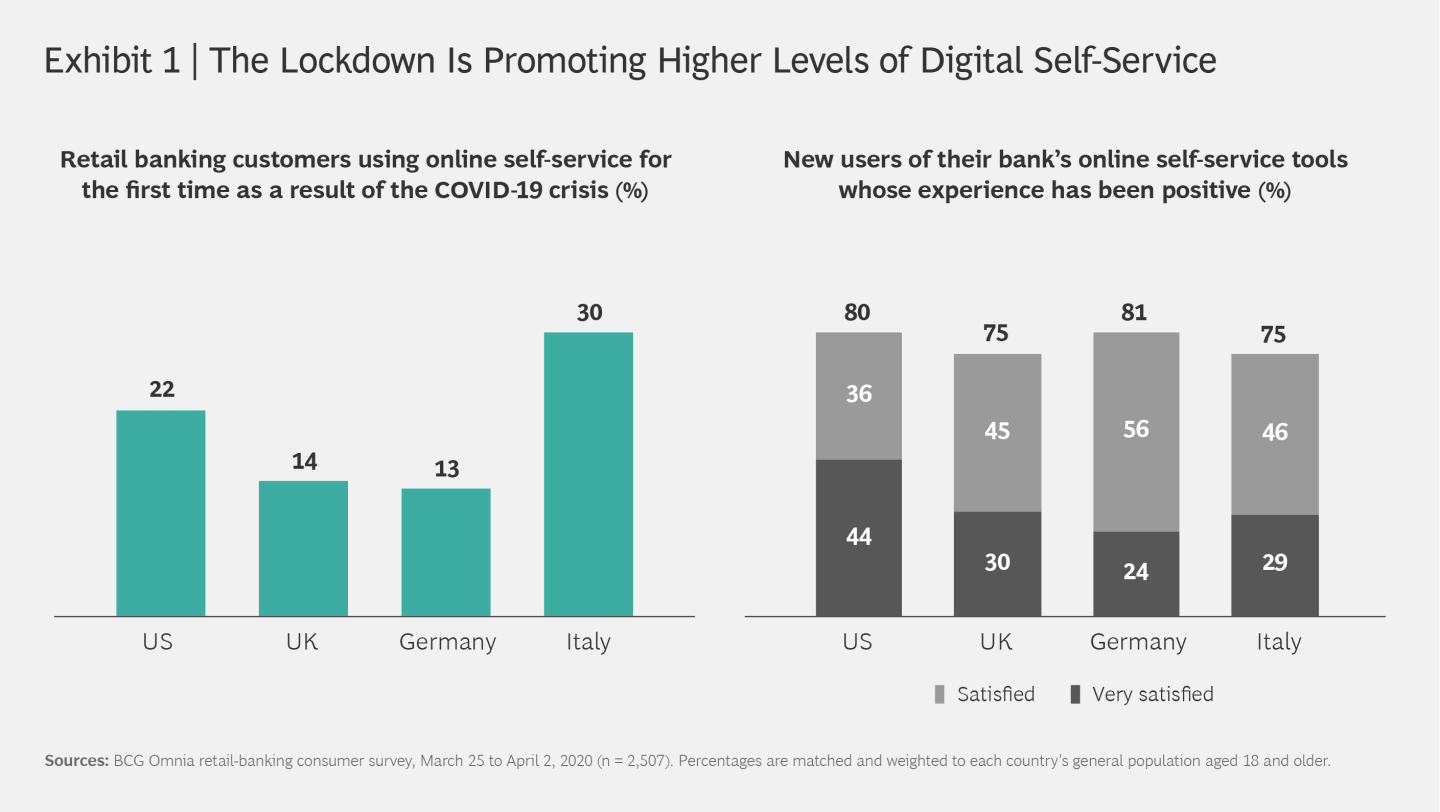The way businesses operate has radically changed as customers now interact across a plethora of digital channels. Having accelerated the transformation of the contact center, these channels make it increasingly competitive for companies when margins are slender and customer loyalty is hard to retain.
In this digital-first world, hurdles remain for companies in the telecom, utility, and insurance sectors, concentrating on two key drivers. Firstly, providing a superior customer experience – with active, comprehensive replies to incoming queries. Secondly, delivering this assistance efficiently without acquiring high costs or overextending resources with a goal to create a cost-effective service and retain customers.
How can companies overcome these challenges? It requires a particular approach that we discuss below with the help of Paolo Fabrizio, Digital Customer Service Expert at Customer Service Culture.
Growing Desire for Distinguished Service
Physical locations and traditional channels are no longer the only places where customers communicate with your business. Messaging apps, social media, e-commerce, and third-party review sites, mean customers can engage by a mixture of digital communications.
Gone are the days of tolerating waiting times, and anything that does not meet customer expectations with regards to quick, considerate, and effective customer service means that they are not likely to be satisfied. They can also vent their visible frustration on these platforms through comments or reviews.
In fact, 49% of customers surveyed reported that they switched to a different business as a result of poor customer service, and 67% of those switched more than once.
To be able to manage digital channels easily while extending a consistent experience across each one, an omni-digital approach is needed. The word “channel” disappears simply because the contact center becomes channel-agnostic and becomes more customer-centric. This means utilizing a platform that syncs your communication channels together so your team can operate seamlessly to answer customers quickly.
49% of customers surveyed reported that they switched to a different business as a result of poor customer service, and 67% of those switched more than once. Share on X
Technology that assists customer service teams in achieving customer satisfaction success is on the rise. Tools that improve workflow performance and make it simpler to provide practical solutions to customers is beneficial to both sides. Adopting service technology helps companies manage the increasing demand for outstanding customer service.

Managing Peaks without Reduction in Quality
When peaks hit and customer service agents’ time and resources are spread thin, it can reduce productivity. If this stressful situation happens regularly and causes frustration, agent morale drops, making it difficult to achieve a high level of performance. Especially if under avoidable pressure due to tools and processes that are no longer fit for purpose.
Definitely not an easy situation even for best-in-class digital customer services, so can you imagine what has happened to those organizations which started from scratch delivering digital support? They’ve paid a high price in terms of poor customer experiences, undermining customer’s trust.
As a result, as they’ve underestimated the importance of taking care of digital conversations, they’re bound to lose some customers.
Investing in a digitally skilled assistant pays off, not investing just costs. - @PaoloFabrizio71 Share on X
For many businesses, customer service is managed channel by channel by teams balancing different systems to respond to emails, calls, and social media messages separately. 96% of customers expect their issues to be resolved in a timely manner on the platform of their choice, and the average customer has stopped using a product or service four times in the past year due to bad customer experiences.
Here, company executives need to tear down the silos between channels and bring departments together by unifying communications, which, through a single, integrated solution, their customer care becomes more digitally focused to manage peaks instead of juggling multiple calls. With a well-considered strategy and the right digital technology, companies can do the following:
- Manage all digital customer interactions on a single platform
- Use AI-based routing that allocates incoming messages automatically
- Merge multiple customer profiles into a single identity for a complete view of customer interaction history
- Monitor KPIs and manage activity in real-time to ensure consistent customer service
- Integrate with other tools such as CRMs, reporting tools, and chatbots via an open platform

Agents’ Ability to Handle Difficult Situations
Dealing with an irritated customer is never an easy task. Stress and anxiety when supervising these situations dissipate as staff accumulate knowledge and experience. When it comes to customer support, ensuring each issue is resolved remains of ultimate concern.
Contact center agents are a vital component of the customer service team. Therefore, listening to their feedback is priceless. Hear what agents say about systems and methods to find solutions to roadblocks that are obstructing resolution.
In a recent survey, 75% of contact center employees said they cannot serve customers when coworker collaboration is hard and 67% said they had a lack of historical customer interaction data to resolve customer issues.
Measuring agent satisfaction will help you optimize internal processes and customer support. Continuously study ways to improve the training for teams and provide the structure to deal with mitigating any potential disaster.
Studies show 94% of customers do not want to repeat information across channels. While 72% of customers want to reach agents via the channel of choice. Hence, you should consider the options that can not only reach but exceed these expectations, making life easier for agents to achieve customer success.
They did it because they realized that each digital channel has its own rules, tone of voice, and rules of engagement: having helped many clients assessing, hiring, and training their teams I’m glad to share my skill-set framework to build a team of Digital Customer Service Assistants.
Investing in a digitally skilled assistant pays off, not investing just costs. - @PaoloFabrizio71 Share on X
If you are concerned about the skills agents possess or want to fine-tune your training process. Be sure to make an assessment of your team and breakdown the pain points and barriers facing them.
Analyze how an agent handles issues and processes effectively. Are they able to understand the tone of the customer’s message? Can they respond quickly and appropriately? Make sure that you enable them with the right tools and training to utilize their skills properly. If they are excellent communicators, are empathic and highly-skilled, you want them to be the best they can be.

Conclusion
Customer success has become imperative. It presents challenges for companies to improve and become exceptional in this area. New technologies will assist customer-facing specialists in achieving this.
Specialized skills and knowledge will be vitally important to provide adequate support, while an omni-digital strategy will consolidate multiple touchpoints, where agents will also hold mastery across channels preferred by consumers.
Studies indicate a shift by executives to implement a cloud contact center and to hire proficient agents can have a positive impact on your bottom line. Improving employee experience and internal KPIs that rate agent interaction with their team, managers, tools, software, and facilities made available to them.
This can reduce agent turnover and demonstrate care for staff within the workplace or remotely. When companies satisfy the communication preferences of both employees and customers, they are empowered to deliver quality service and customers are largely satisfied.
Discover Paolo’s skill-set framework to build a team of Digital Customer Service Assistants.
Learn more about Paolo, his first and second books and visit his website, follow him on Twitter, and on LinkedIn for more expert insights.
Originally published Jun 11, 2020, updated Dec 30, 2022






